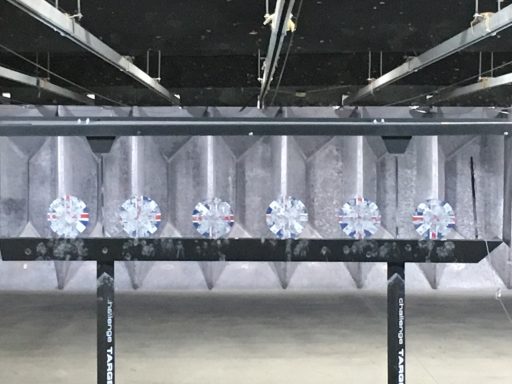I’ve recently gotten into progressive reloading, and have several thousand rounds under my belt at the point. Enough to worry about this as a real possibility. While there are things I can get for my Hornady LnL press to boost the level of automation, a certain reduction in speed and some amount of manual steps forces me to pay more attention to what I’m doing, and offers more opportunity to catch something.
When reloading .223, I had powder stick in the mechanism and dump a light charge into one case, and then overflow the next case. Fortunately, with the powder I’m using, the charge pretty much fills the case, and all it made was a mess. But if that happened in a pistol round? Good chance I wouldn’t notice. I have Hornady’s Powder Cop, but there’s enough variation in how powder lays it would be hard to catch an overcharge. It’s useful, but not a precise instrument. It’s best, I think, for catching no-charges, which is also potentially fatal to your firearm if you plant the squib bullet in the barrel and follow up with another cartridge.
I also worry about this as a match director now. It’s not only my loads, I have to worry about the loads of the guy I’m standing behind. Shoot enough, and be around guns enough, and the law of averages will catch up with you at some point.




